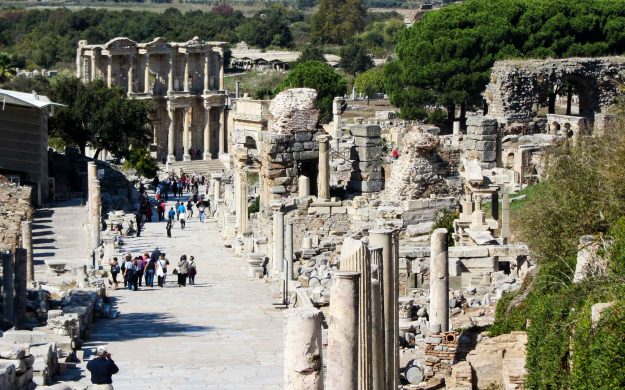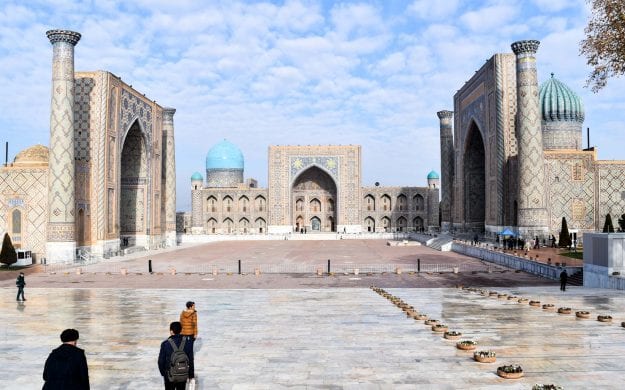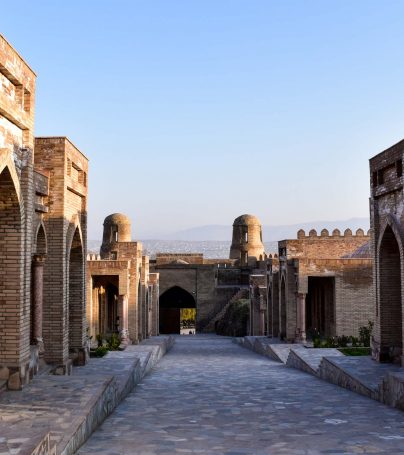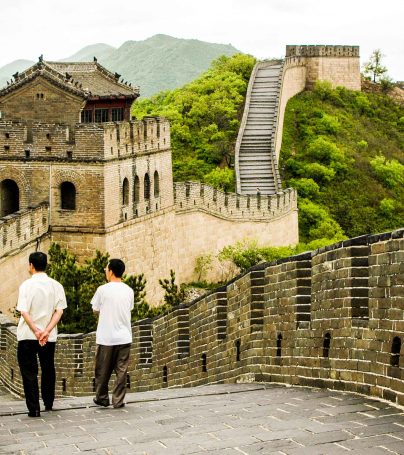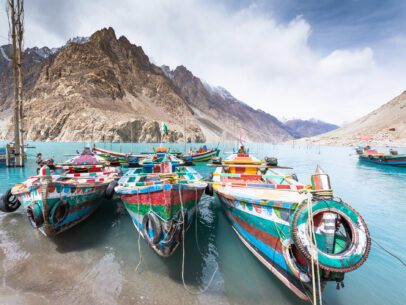The Silk Road Adventure Tours
The Silk Road or Silk Route refers to a historical network of interlinking trade routes across the Afro-Eurasian landmass that connected East, South, and Western Asia with the Mediterranean and European world, as well as parts of North and East Africa. The land routes were supplemented by sea routes, which extended from the Red Sea to coastal India, China, and Southeast Asia. Extending 4,000 miles (6,500 km), the Silk Road gets its name from the lucrative Chinese silk trade along it, which began during the Han Dynasty (206 BCE – 220 CE). The central Asian sections of the trade routes were expanded around 114 BCE by the Han dynasty, largely through the missions and explorations of Zhang Qian, but earlier trade routes across the continents already existed. In the late Middle Ages, transcontinental trade over the land routes of the Silk Road declined as sea trade increased. In recent years, both the maritime and overland Silk Routes are again being used, often closely following the ancient routes.
Trade on the Silk Road was a significant factor in the development of the great civilizations of China, India, Ancient Egypt, Persia, Arabia, and Ancient Rome, and in several respects helped lay the foundations for the modern world. Though silk was certainly the major trade item from China, many other goods were traded, and various technologies, religions, and philosophies, as well as the bubonic plague (the “Black Death”), also traveled along the Silk Routes. Some of the other goods traded included luxuries such as silk, satin, hemp, and other fine fabrics, musk, other perfumes, spices, medicines, jewels, glassware, and even rhubarb, as well as slaves. China traded silk, teas, and porcelain; while India traded spices, ivory, textiles, precious stones, and pepper; and the Roman Empire exported gold, silver, fine glassware, wine, carpets, and jewels. Although the term the Silk Road implies a continuous journey, very few who traveled the route traversed it from end to end; for the most part, goods were transported by a series of agents on varying routes and were traded in the bustling markets of the oasis towns. The main traders during Antiquity were the Indian and Bactrian traders, then from the 5th to the 8th century CE the Sogdian traders, then afterward the Arab and Persian traders.
Customize Your Dream Adventure
We are here to help craft tailor-made adventures for individuals, couples, families, and groups of explorers.

